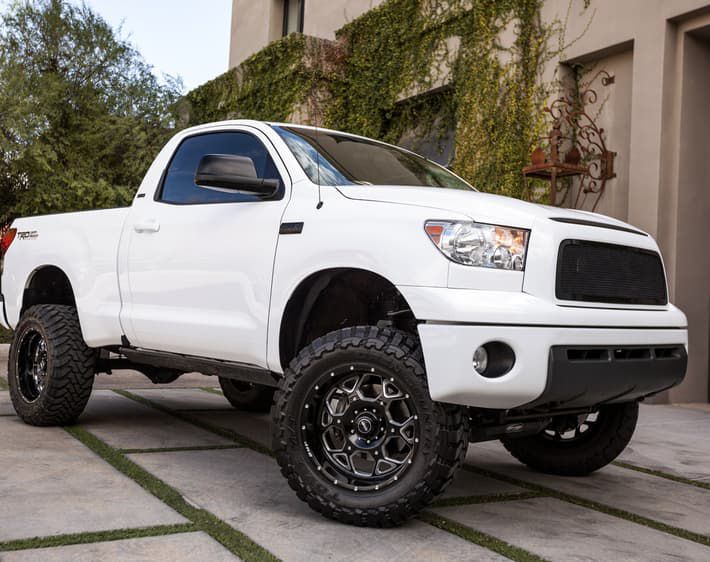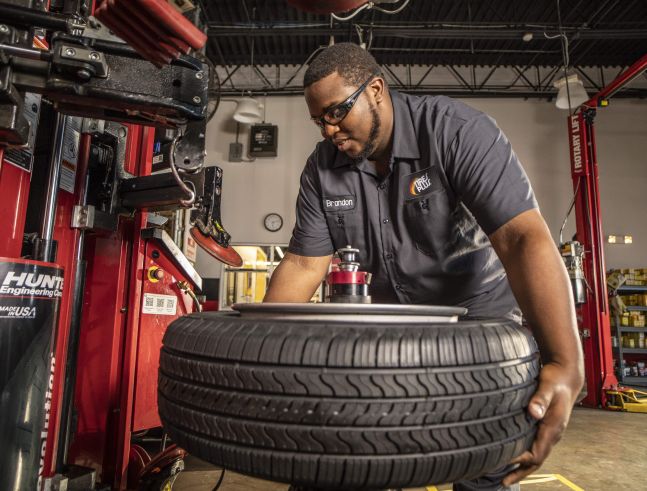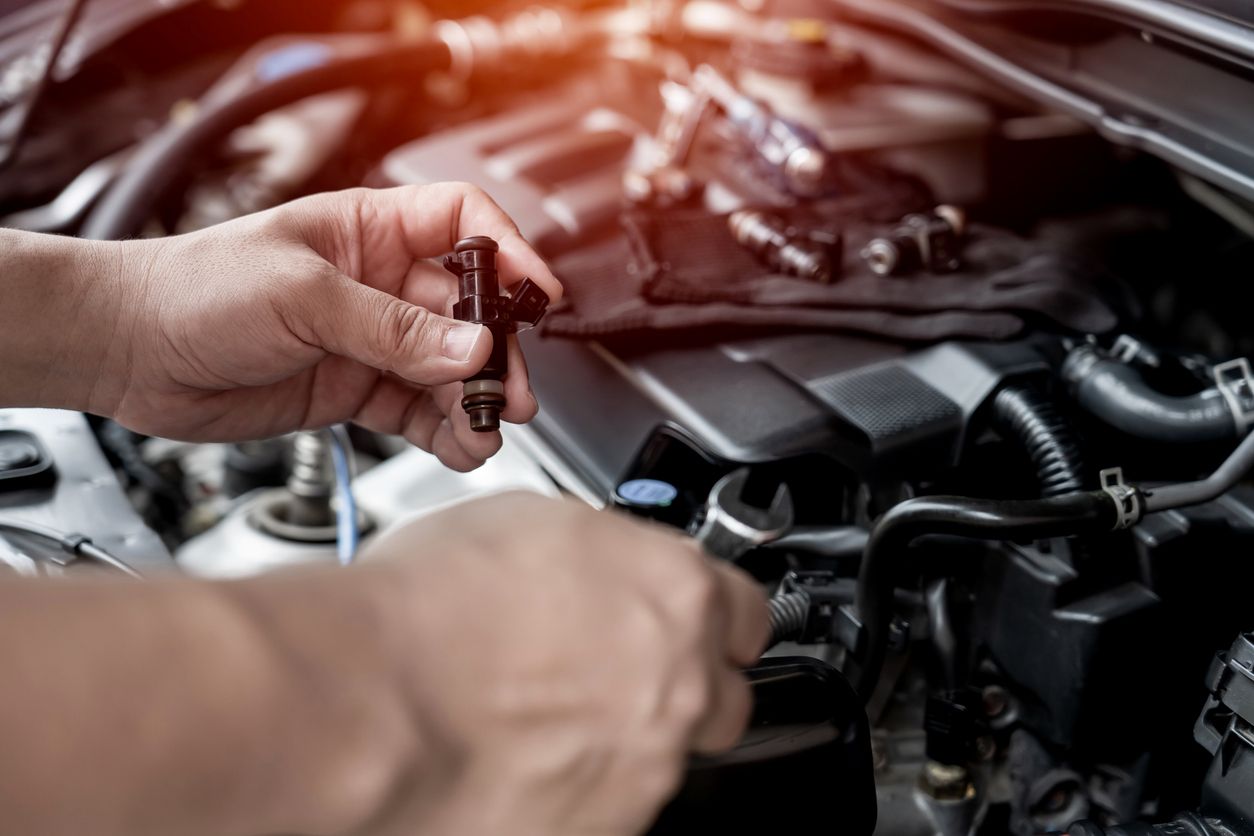
Can I Use Bigger Tires on My Car?
Can I use bigger tires on my car? Discover the pros, cons, and impacts on fuel and handling. Visit Tires Plus for expert advice on your tire upgrade!
Read More
Sometimes the unexpected happens. And sometimes the unexpected is a flat tire putting a real damper on your day. While you’re stuck on the side of the road, you may be wondering if you can limp along on a spare to your closest repair shop or if it’s time to call for road-side service. You have questions, we have answers. We’ll walk you through the spare tire types, how long they are safe to drive on, and when it’s time to book an appointment for new tires.

The best spare tire is a full-size spare tire, because it is exactly the same as the existing tires on your car. Drivers who use a full-size typically get a fifth tire when they buy new replacements, instead of the standard four, so they have a road-ready option just in case of a flat. The only downside of a full-size tire as a go-to spare is you may have to sacrifice trunk space to store it in your vehicle.
Some drivers prefer the more lightweight compact, or donut spare tires, which are the standard on most vehicles. Compact spares, like their name suggests, are a lot easier to store so you don’t have to give up precious space in your vehicle for a tire you may not use.
Driving around on a spare tire should only be temporary and you should make getting to an auto repair shop your priority. For fast service, you can always stop by your nearest Tires Plus where our pros can help change your tire and get your vehicle back in top driving condition. But, when you must drive on a spare tire before getting your tire replaced, follow these tips on how to travel safely:
CHECK THE TIRE PRESSURE ON YOUR SPARE.
Before you get moving, make sure your spare is road ready. The recommended tire pressure for compact spares is typically 60 PSI. If you’re using a matching full-size tire, inflate the tire to your vehicle’s recommended tire pressure specifications.
SLOW DOWN YOUR SPEED.
Getting to a repair shop as soon as possible may be the priority, but you don’t want to risk driving faster than your spare tire can handle. Try not to exceed 50 mph on your newly installed compact spare tire. Most compact spares will have a large warning on the side warning you not to drive over 50 mph. Compact spares have less tread than a typical tire, so putting pedal to the metal makes the tire work harder and wear faster.
BREAK CAREFULLY AND GIVE YOURSELF SPACE.
Compact spares handle differently than a regular full-size tire. Since compact spare tires are lighter, they can rotate faster than the other tires on your vehicle. If your vehicle sensors detect this, you may see the brake and anti-lock braking system (ABS) warning lights turn on in your dashboard panel. Whether you see these warning lights or not, giving yourself extra time and space to brake is your safest choice.
DON’T DRIVE IN HAZARDOUS WEATHER.
With a compact spare tire, your car is already not handling at 100%. For your safety, you should avoid driving in slick weather or weather that impairs visibility. Again, because compact tires have less tread, you risk sliding or hydroplaning in bad weather. And since you need to expect longer stopping distances, fog or nighttime driving can be a risk not worth taking.

A compact or donut spare tire should never be a permanent solution. Luckily, we offer a variety of tire repair services to get your vehicle back in good driving condition. Whether you need your tires repaired or replaced, visit your nearest Tires Plus for all your tires needs.

Can I use bigger tires on my car? Discover the pros, cons, and impacts on fuel and handling. Visit Tires Plus for expert advice on your tire upgrade!

Is your car experiencing hesitation or rough acceleration? A fuel system cleaning may help with that! Learn about the benefits of fuel system cleaning here.

Ready to find out how you can save big with Tires Plus Black Friday deals in 2024? Gear up for our biggest and best deals of the year. Click to learn more!